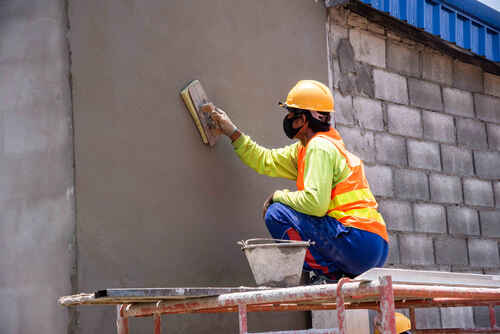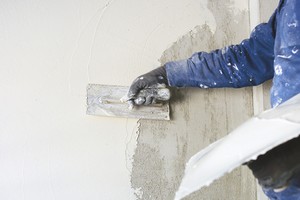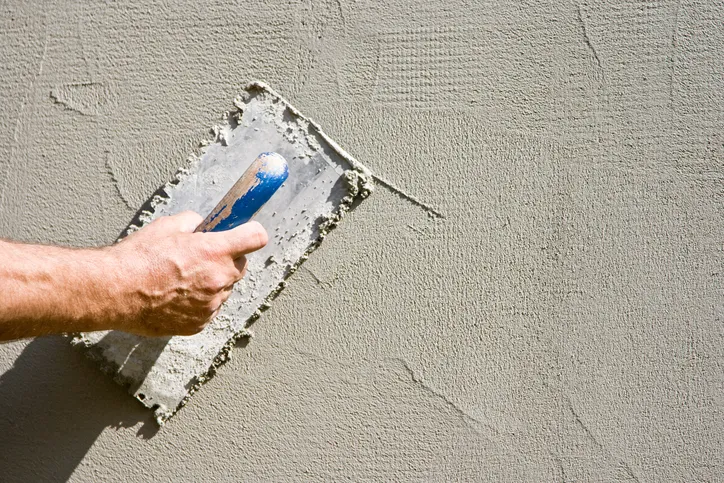A Comprehensive Overview to Mastering Plastering Abilities for Your Improvement Requirements

Vital Devices and Products
Different essential devices offer distinctive objectives, making certain efficiency and accuracy throughout the smudging procedure. A top quality trowel, for circumstances, is important for applying and smoothing plaster, while a hawk supplies a secure system for holding the product.
In enhancement to tools, choosing the right plastering products is crucial. Gypsum-based plasters are generally liked for their flexibility and ease of use, while cement-based choices are perfect for outside applications because of their durability. Water and bonding agents play substantial functions in accomplishing correct uniformity and attachment, making certain that the plaster adheres efficiently to the surface.
In addition, protective gear such as safety glasses, masks, and gloves is essential to safeguard versus dust and irritability during the application procedure. By constructing the right mix of products and tools, plasterers can boost their ability collection and produce premium surfaces, ultimately elevating the total workmanship of their work.
Preparing Surface Areas for Smudging
Accomplishing a resilient and smooth plaster surface starts with meticulous prep work of the surfaces to be smudged. This foundational action is critical to ensuring attachment and the durability of the plaster. Beginning by analyzing the condition of the substratum-- whether it is concrete, drywall, or stonework-- getting rid of any kind of loosened paint, dirt, or debris that may hinder bonding.
Following, repair any type of flaws such as cracks or openings. Use a suitable filler to accomplish a degree surface; this can be important for stopping future concerns. As soon as fixed, guarantee the surface is completely dry and clean, as dampness can jeopardize plaster adherence.
For permeable surfaces, it is a good idea to use a bonding agent. This product boosts adhesion and creates a reliable interface between the plaster and substrate. If functioning with formerly plastered surfaces, it might be required to mess up or sand the location lightly to provide a trick for the new plaster layer.
Smudging Methods and Tips
Mastering plastering strategies calls for both skill and practice to accomplish a flawless surface. One crucial strategy is the application of the plaster in multiple slim layers, instead than a single thick coat. This method permits for much better attachment and lowers the danger of splitting. Start with a skim coat, ensuring it is uniformly spread out and leveled with a hawk and trowel. Utilize a straightedge to look for any imperfections prior to going on to subsequent layers.
When using the coating coat, utilize a shoveling strategy that includes holding the trowel at a small angle and working in a round activity. This helps to produce a smooth surface area and reduces the look of trowel marks. Furthermore, maintain a spray bottle of water useful to haze the surface area lightly; this keeps the plaster workable and permits smoother ending up.
Timing is vital; job effectively, as the plaster begins to set. Once the plaster has actually tightened yet is still damp, make use of a wet sponge to gently smooth the surface additionally. Finally, permit adequate drying time before fining sand or paint, ensuring your tough job results in a specialist, high-quality surface.
Typical Mistakes to Stay Clear Of

Another common mistake is applying plaster also thickly. Overzealous applications can result in fracturing and prolonged drying out times. It's necessary home to apply plaster in thin, even layers, enabling each layer to completely dry effectively prior to adding a lot more.
Additionally, not utilizing the right devices can impede the quality of the coating. Utilizing unacceptable trowels or mixers can create inconsistencies in the smudging process. Always choose high-grade devices made for smudging tasks.
Lastly, several people underestimate the importance of timing. Operating in improper temperature levels or moisture levels can adversely affect plaster curing and drying out. It is suggested to inspect climate condition and adapt your schedule appropriately.
Finishing Touches for a Professional Look
The lasts of a plastering project are critical for accomplishing a sleek, specialist appearance. Once the plaster has actually dried completely, the following step is to analyze the surface area for flaws. Minor bumps, holes, or irregular areas must be attended to utilizing great sandpaper or a fining sand block. This thorough focus to detail is essential for guaranteeing a smooth surface.
After fining sand, it's advisable to clean the surface area to get rid of any dust and particles. A moist cloth is effective for this objective, complied with by a comprehensive drying duration. If needed, using a slim layer of completing plaster can Get More Information boost the surface even more, giving a seamless finish.
As soon as the completing plaster is completely dry, an additional round of fining sand might be needed to attain the preferred smoothness. Lastly, think about using a guide prior to paint or wallpapering, which will boost attachment and resilience.
Verdict
Grasping plastering skills significantly boosts the quality of renovation projects. A detailed understanding of crucial tools, surface preparation, and effective methods is important for achieving professional results.
Water and bonding representatives play significant duties in attaining proper consistency and bond, guaranteeing that the plaster sticks effectively to the surface area. Plastering.


In addition, keep a spray container of water convenient to mist the surface area gently; this maintains the plaster workable and allows for smoother finishing. (Plastering)
If essential, using a slim layer of finishing plaster can boost the surface area even more, offering a seamless surface.